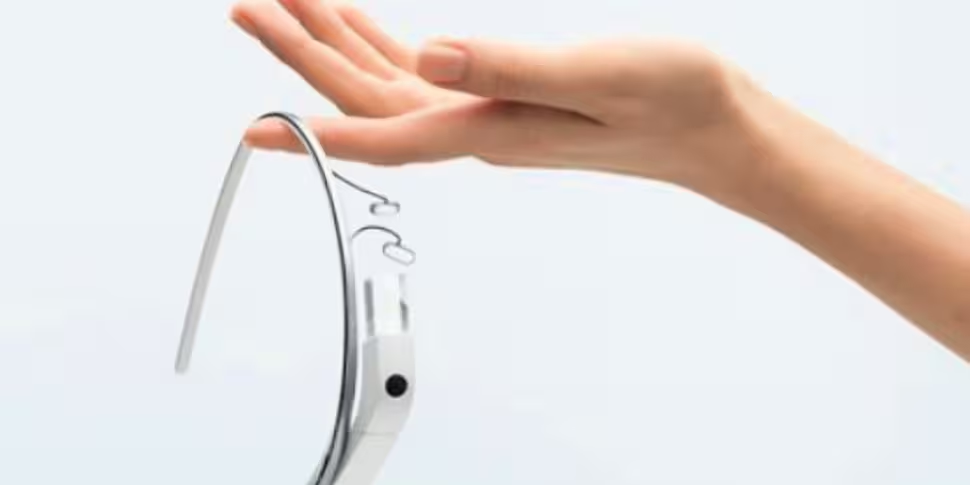Last week, it was announced that Google was expanding its Google Glass Explorer programme. Originally, around 10,000 contest winners and selected other individuals were invited to purchase and test the $1,500 (approx. €1,100) device. Now, all existing Explorers have been allowed invite up to three others to purchase a pair of the high-tech glasses.
Initially, all Explorers were expected to pick up their Glass at a Google office in LA, New York or San Francisco, where they'd also receive instructions on how to use the technology. Given the userbase is about to increase three fold, that is no longer as practical a solution, so the glasses are being shipped out to new owners.
However, given the unique nature of Glass - which is still more of a prototype than a full-fledged consumer product - Google is still keen to help new owners understand how to use them. Android Central's Phil Nickinson - a new Glass owner - received a call from a 'Glass Guide' inviting Nickinson to take part in an explanatory Google Hangout explaining his purchase.
In an email, Google explains "we're so excited that you're interested in taking part in our Hangout Experience! What better way to start your journey with Glass than with one of our experienced Glass Guides! They’ll take you through the entire setup process, explain some of the features Glass has to offer and tell you a little about the history of Glass along the way. This is all done over webcams in a Google Hangout." The Hangout is said to take around 45 minutes.
It's unlikely Google will be able to afford all owners the same privilege when it goes on wide release, but it suggests there's still some explanations necessary for those taking to the streets with the expensive device. Google might also be keen to stress the legal and etiquette challenges posed by the controversial eye wear.
To illustrate some of the complications new Explorers might face, last week San Diego motorist Cecilia Adabie became the first person to be fined for driving while wearing the glasses. The police officer in question stated that the device - which displays a miniature image in the corner of the wearer's eye - broke a law that bans anyone from driving while looking at a screen or monitor.









